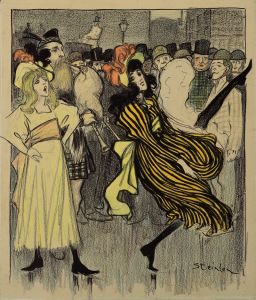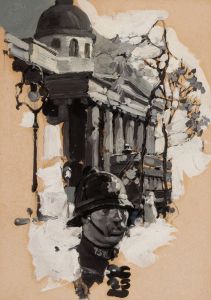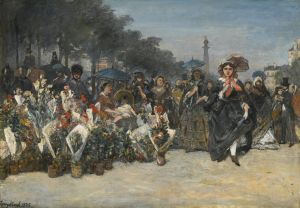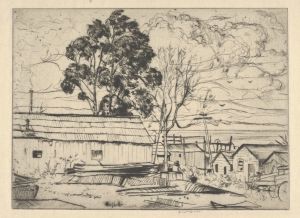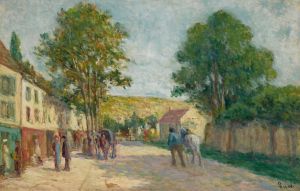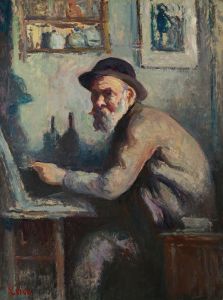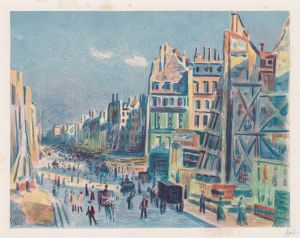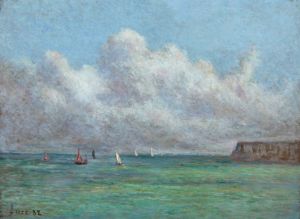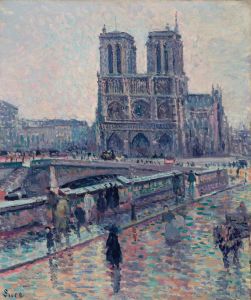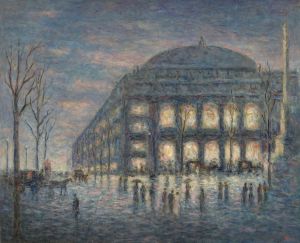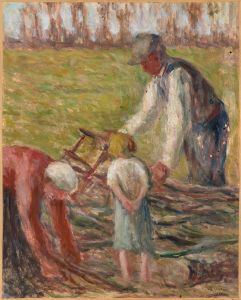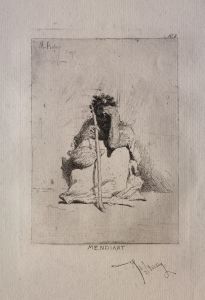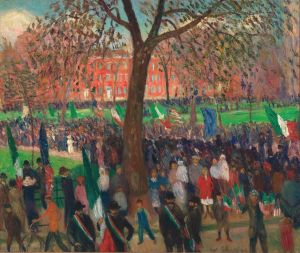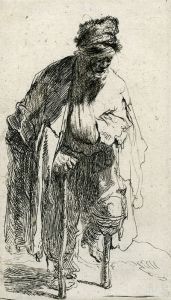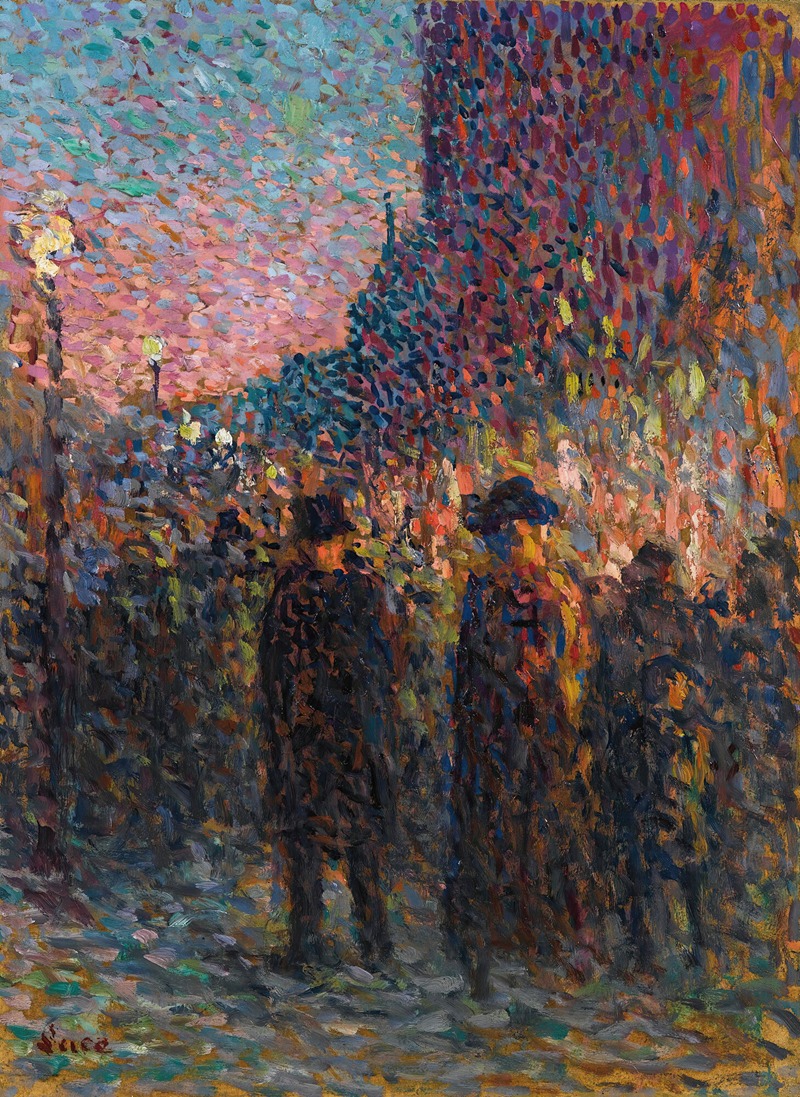
Paris, Les Boulevards, La Nuit
A hand-painted replica of Maximilien Luce’s masterpiece Paris, Les Boulevards, La Nuit, meticulously crafted by professional artists to capture the true essence of the original. Each piece is created with museum-quality canvas and rare mineral pigments, carefully painted by experienced artists with delicate brushstrokes and rich, layered colors to perfectly recreate the texture of the original artwork. Unlike machine-printed reproductions, this hand-painted version brings the painting to life, infused with the artist’s emotions and skill in every stroke. Whether for personal collection or home decoration, it instantly elevates the artistic atmosphere of any space.
Maximilien Luce's painting "Paris, Les Boulevards, La Nuit" is a notable work that captures the vibrant and dynamic atmosphere of Paris at night. Luce, a French Neo-Impressionist artist, is renowned for his ability to depict the interplay of light and color, and this painting is a testament to his skill in these areas.
Created in 1893, "Paris, Les Boulevards, La Nuit" exemplifies Luce's commitment to the Neo-Impressionist technique, particularly Pointillism, which involves applying small, distinct dots of color to form an image. This technique was pioneered by Georges Seurat and Paul Signac, and Luce was among the artists who adopted and adapted it to his own style. The painting showcases Luce's ability to capture the bustling energy of Parisian boulevards, a popular subject for artists of the time who were fascinated by urban life and modernity.
The scene depicted in "Paris, Les Boulevards, La Nuit" is a nighttime view of one of Paris's famous boulevards, likely the Boulevard de Clichy or Boulevard Montmartre, areas known for their lively nightlife and cultural significance. The painting is characterized by its use of vibrant colors and the play of artificial light, which was a relatively new phenomenon in the late 19th century due to the advent of gas and electric street lighting. This illumination transformed the cityscape and became a source of inspiration for many artists.
Luce's work is distinguished by its atmospheric quality, capturing the essence of Paris as a city that never sleeps. The painting portrays a bustling street scene with carriages, pedestrians, and the glow of street lamps, all rendered in the distinctive Pointillist style. The use of color is particularly striking, with blues, yellows, and oranges blending to create a sense of movement and life. The technique of Pointillism allows for a shimmering effect, as the viewer's eye blends the individual dots of color from a distance, creating a cohesive and vibrant image.
Maximilien Luce was not only an artist but also an anarchist, and his political beliefs often informed his work. While "Paris, Les Boulevards, La Nuit" does not overtly convey a political message, it reflects his interest in the everyday life of the city and the people who inhabit it. Luce's focus on urban scenes and the working class is a recurring theme in his oeuvre, and this painting is a celebration of the modern city and its inhabitants.
The painting is part of the collection of the Musée d'Orsay in Paris, which houses an extensive collection of Impressionist and Post-Impressionist masterpieces. The museum's collection provides context for Luce's work, situating it among the works of his contemporaries and highlighting the innovations of the Neo-Impressionist movement.
"Paris, Les Boulevards, La Nuit" remains an important work in the study of Neo-Impressionism and the depiction of urban life in art. It captures a moment in time when Paris was at the forefront of cultural and technological change, and Luce's masterful use of color and light continues to draw the admiration of art enthusiasts and scholars alike.





